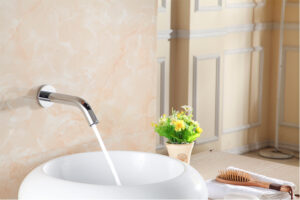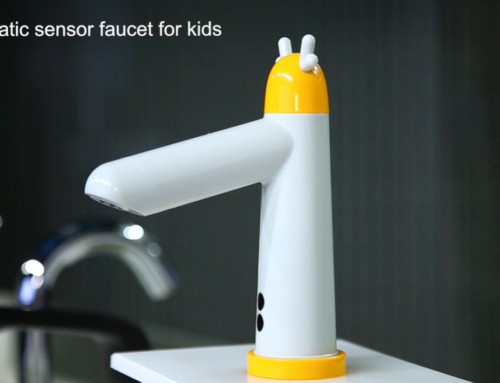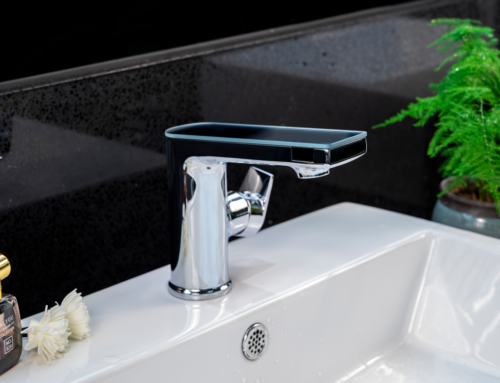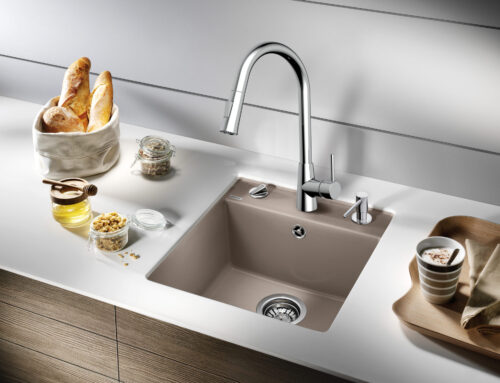Sensor faucets, also known as touchless faucets, motion sensor faucets, automatic faucets, touch-free faucets, electronic faucets, or auto taps, are widely used in public bathrooms and increasingly in homes.
Listed below are some frequently asked questions from customers so you can learn more about sensor faucets.
What sensor is used in the faucet?
Infrared sensor: This is the most common sensor. They are also called IR sensors. The sensor works by emitting infrared light, invisible to the human eye, every few milliseconds. When the light detects the object, then sends a signal to the solenoid valve to actuate the faucet to open the water flow. And the water flow will stop automatically when the object leaves. The advantage of infrared sensor faucets is that the range can be adjusted and can work in any environment.
How to Use Sensor Faucet?
Put your hands under the faucet spout, water flows automatically. And when your hands leave, the water will stop automatically.
Is a touchless sensor faucet worth buying?
Touchless sensor faucets can save a lot of water and save money over time. These faucets are also an excellent way to prevent the spread of bacteria and other germs throughout public places or homes. It’s convenient – if your hands are full or dirty, you can use your arms or any other object to turn on the faucet.
Do sensor faucets require electricity?
Sensor Faucets definitely need electricity. Both sensors and solenoid valves require electricity to operate. There are generally two options: DC 6V: 4AA alkaline batteries; AC: use a transformer to transmit power from 220V to 6V; both DC/AC models exist, working with AC power first, if there is no power from AC, DC starts to work.
How long do sensor faucets last?
Under normal circumstances, the battery can last for 1-1.5 years, and then it can be replaced with a new battery. If the battery voltage is below 4.5V and the faucet does not flow water.
Are sensor faucets difficult to install?
Installing a touchless faucet is not as difficult as it seems. In fact, it can be as quick as installing a manual faucet.
Why sensor faucet stop working?
Before you begin troubleshooting your touchless faucet, check to make sure there are no clogs or loose connections in your standard plumbing fixtures. If everything is fine, then the problem may be caused by the electronic parts of the automatic faucet, such as the solenoid valve, sensor, or even the battery.
Are touchless sensor faucets more hygienic?
Touchless sensor faucets solve this problem! They are more hygienic. Think about it, if you need to turn on the faucet to wash your hands after using the bathroom, you’ve touched the faucet before properly sanitizing your hands, thereby transferring bacteria to the faucet.



